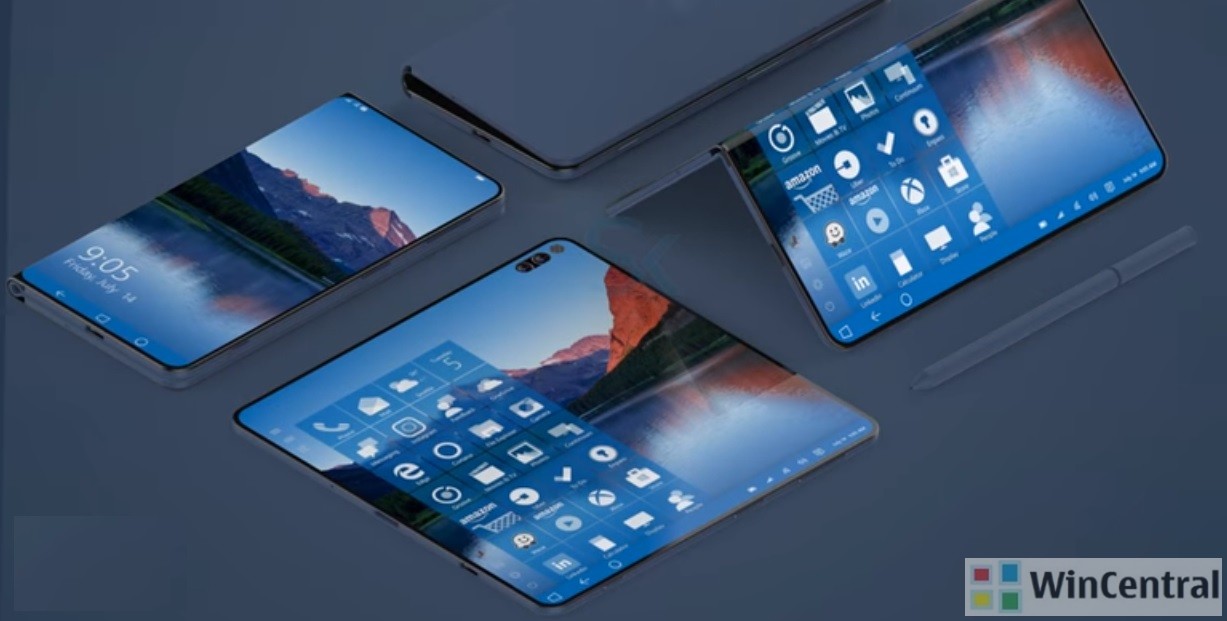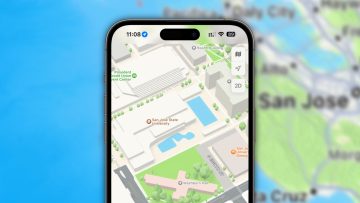When the Galaxy X, Samsung’s first foldable phone, launches next year it’ll surely be one of the most exciting handsets released. It’ll have a total of three screens, if rumors are accurate, allowing you to switch between a smaller phone form factor and a tablet-sized phone. Samsung, of course, isn’t the only company in the world working on such devices, but it might make the first foldable gadget that actually looks good. Yes, the ZTE Axon M still sucks and I wish it never existed.
That said, I would not pay $2,000 for a foldable iPhone X if it launched next year. So there’s no way in the world I’d even consider buying a Samsung foldable phone.
Yes, money is the main reason why I wouldn’t even consider first-gen foldables. Sure, the first foldable phones in the world will be costly because it’s not easy to manufacture them. But the price should drop in the coming years, as component suppliers further refine parts production and improve yields.
With Samsung, it’s not just the price. It’s the way Samsung operates its mobile business.
Think about it: Samsung is developing a new form factor based on Android without controlling the underlying operating system. That means Samsung will have to invent a new user interface and features to take advantage of all this extra screen real estate without waiting for Google to do it.
It’s just like Android vendors launching handsets with iPhone X-like notches early this year well before Google adopted the notch. It’s possible, but it’s easier if Google bakes notch support in Android.

Take the edge display on Galaxy S and Note phones, a design almost nobody else copied. Samsung devised an entire UI and apps for the edges, trying to convince users they’re actually useful. What the edge design does well is to maximize the screen real estate of those phones and reduce the side bezels. But that’s about it. Even Samsung reduced the curvature of those edges in the Galaxy S9, to increase the phone’s durability.
Similarly, the Galaxy X’s main feature will be, well, the fact that it can become more compact than a phablet. But other than that convenience, we’ll be waiting for someone to make a compelling case as to how foldable screens may be used in tablet mode. Will Samsung be the company that defines the foldable phone given that, as it is now, Android isn’t as tablet-friendly as iOS?
But wait, there’s one more thing.
Let’s fast forward to summer 2019 now, when Android R rolls out, possibly with some features that support foldable smartphone designs. How long will it take Samsung to update the Galaxy X to the latest Android version? In theory, this year’s Galaxy S9 and Note 9 should receive Android P a lot faster, because they support Google’s project Treble. But Samsung doesn’t have a great track record issuing fast software updates for its flagship phones that are used by millions of people. At $2,000, the Galaxy X is unlikely to sell millions of units. So what would be Samsung’s incentive to prioritize Android updates for a device that’ll have a few hundred thousand users at best over the Galaxy S10 and Note 10?
A foldable iPhone, meanwhile, will not only come with guaranteed iOS software updates, but it’d also pack a bunch of iOS features that Apple is devising specifically for the new form factor. And when Apple finally has the foldable phone ready, think 2020 or even later than that, it’ll hopefully be a lot cheaper than $2,000.
In conclusion, if I’m not thrilled about shelling $2,000 for a foldable iPhone fully knowing that it’ll be guaranteed to work well in both smartphone and tablet modes and that it’ll receive timely software updates, I’m definitely not excited about a $2,000 Galaxy X, no matter how courageous Samsung is about to be.








